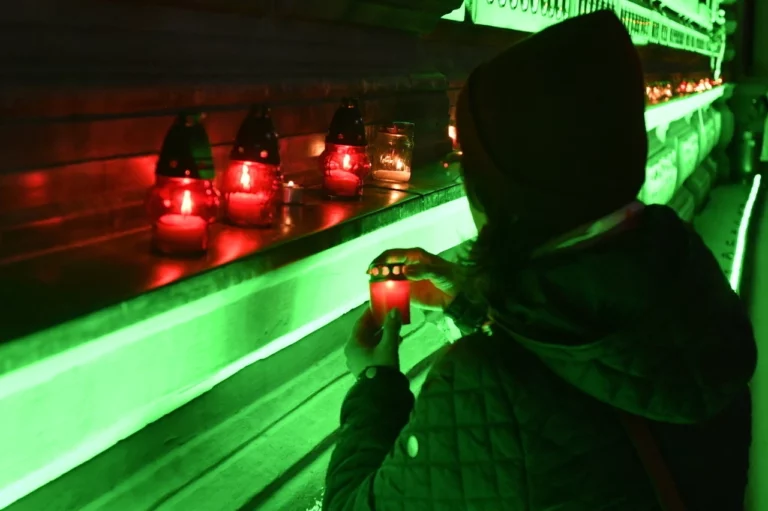communism
The Informant – New Hungarian HBO drama airing in 61 countries – PHOTOS + TRAILER

Orbán: House of Terror key to representing ppl oppressed by Communist regime

Hungarian President János Áder marks Victims of Communism memorial day

Szekler anthem to become the latest Hungaricum?

Secret death camp in Hungary: this is what the memorial park will look like – PHOTOS

Everything you need to know about the Soviet War Memorial on Budapest’s Freedom Square — PHOTOS

Communist-persecuted Hungarian artist’s exhibition opened in London

Hungarian state purchases Batthyany family documents

Pfizer’s Karikó was not sent to America by the Communist Party – historian says

Pfizer’s Karikó was recruited as an agent in 1978 by the Socialist party

The Hungarian underground art and Polish solidarity

Ethnic Hungarian politician János Esterházy commemorated on birth anniversary

Gorbachev, the last Soviet leader, marks 90th birthday on Zoom

Hungarian politicians mark day of communism victims

Communism’s grand massacre of civilians: from 1956 in Hungary through 1990 in Azerbaijan

Hungary to contribute USD 10 m to Victims of Communism Memorial Foundation

Budapest to become the first European city to commemorate women raped in war times

Today: Hungary marks 1956 anniversary, national day of mourning – PHOTOS





 ZH
ZH IT
IT DE
DE HR
HR NL
NL FR
FR JA
JA RO
RO RU
RU ES
ES TR
TR
